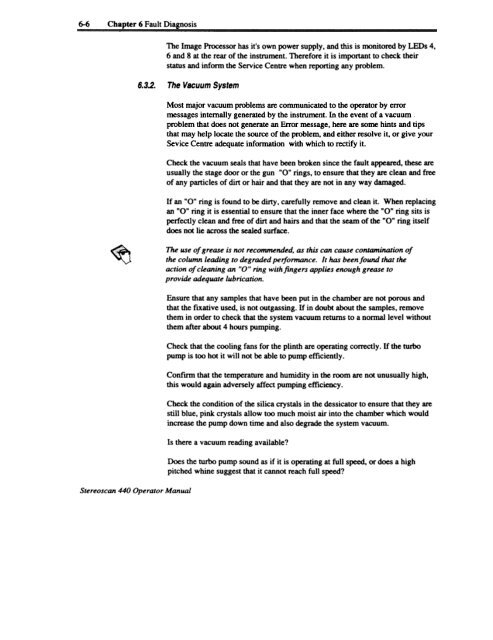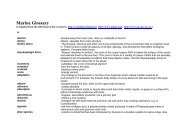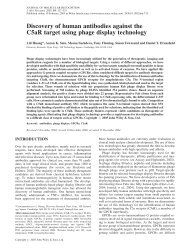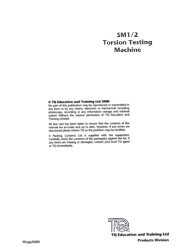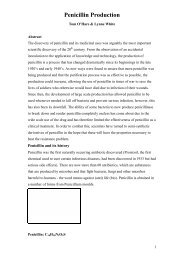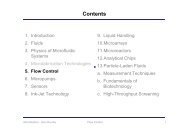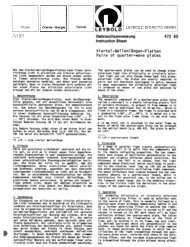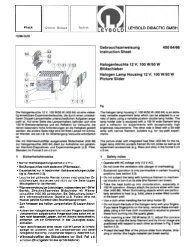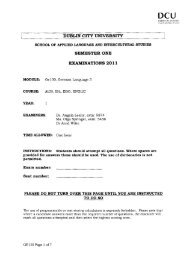Stereo Scan 440 - DCU
Stereo Scan 440 - DCU
Stereo Scan 440 - DCU
Create successful ePaper yourself
Turn your PDF publications into a flip-book with our unique Google optimized e-Paper software.
6-6 Chapter 6 Fault Diagnosis<br />
The Image Processor has it's own power supply, and this is monitored by LEDs 4,<br />
6 and 8 at the rear of the instrument. Therefore it is important to check their<br />
status and inform the Service Centre when reporting any problem.<br />
6.3.2. The Vacuum System<br />
Most major vacuum problems are communicated to the operator by error<br />
messages internally generated by the instrument. In the event of a vacuum<br />
problem that does not generate an Error message, here are some hints and tips<br />
that may help locate the source of the problem. and either resolve it, or give your<br />
Sevice Centre adequate infonnation with which to rectify it.<br />
Check the vacuum seals that have been broken since the fault appeared, these are<br />
usually the stage door or the gun "0" rings, to ensure that they are clean and free<br />
of any particles of dirt or hair and that they are not in any way damaged.<br />
If an "0" ring is found to be dirty. carefully remove and clean it. When replacing<br />
an "0" ring it is essential to ensure that the inner face where the "0" ring sits is<br />
perfectly clean and free of dirt and hairs and that the seam of the "0" ring itself<br />
does not lie across the sealed surface.<br />
~<br />
~<br />
The use of grease is not recommended. as this can cause contamination of<br />
the column leading to degraded performance. It has been found that the<br />
action of cleaning an "0" ring with fingers applies enough grease to<br />
provide adequate lubrication.<br />
<strong>Stereo</strong>scan <strong>440</strong> Operator Manual<br />
Ensure that any samples that have been put in the chamber are not porous and<br />
that the fiXative used, is not outgassing. If in doubt about the samples, remove<br />
them in order to check that the system vacuum returns to a nonnallevel without<br />
them after about 4 hours pumping.<br />
Check that the cooling fans for the plinth are operating correctly. If the turbo<br />
pump is too hot it will not be able to pump efficiently.<br />
ConflrDl that the temperature and humidity in the room are not unusually high,<br />
this would again adversely affect pumping efficiency.<br />
Check the condition of the silica crystals in the dessicator to ensure that they are<br />
still blue, pink crystals allow too much moist air into the chamber which would<br />
increase the pump down time and also degrade the system vacuum.<br />
Is there a vacuum reading available?<br />
Does the turbo pump sound as if it is operating at full speed. or does a high<br />
pitched whine suggesthat it cannot reach full speed?


